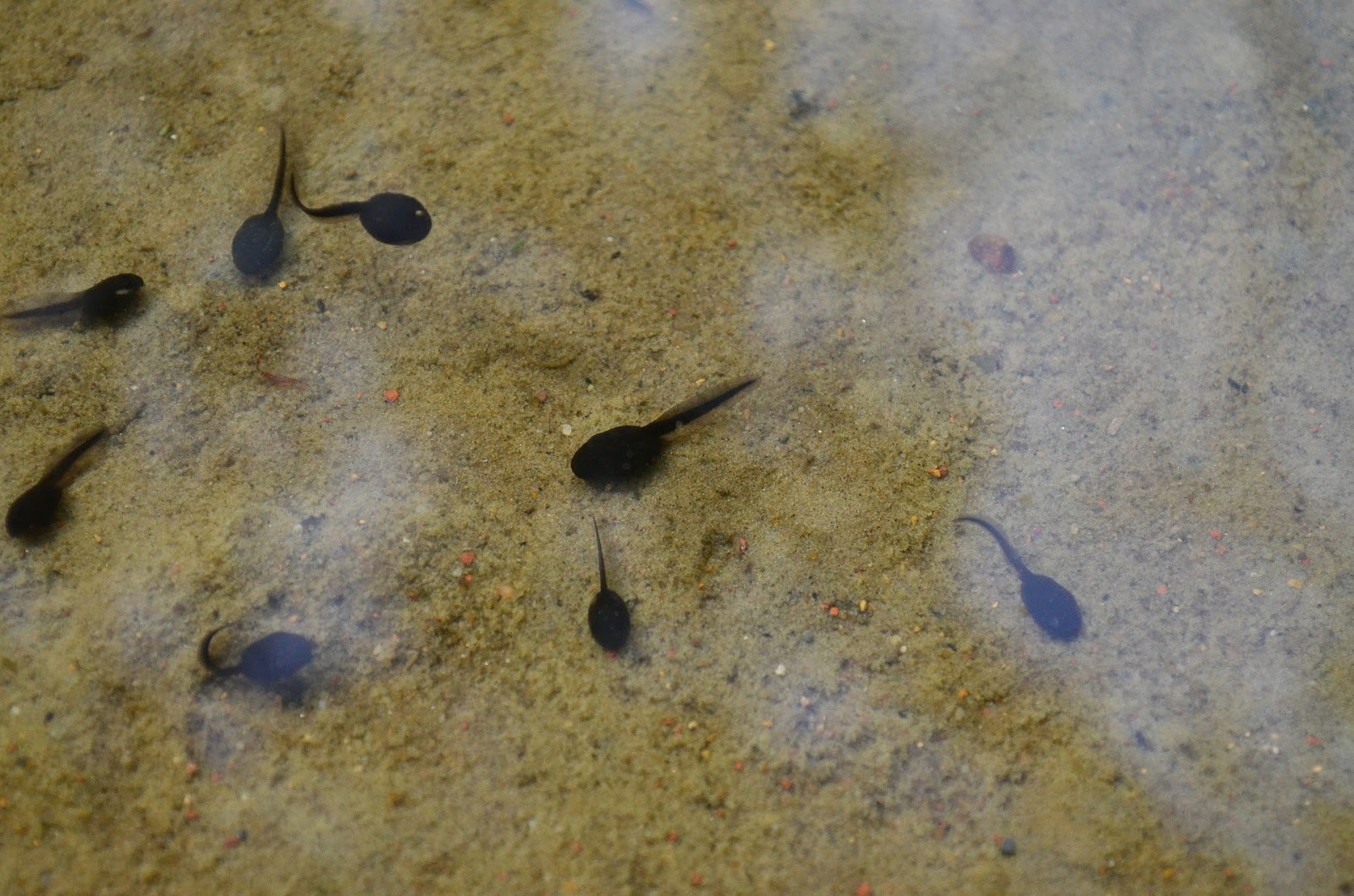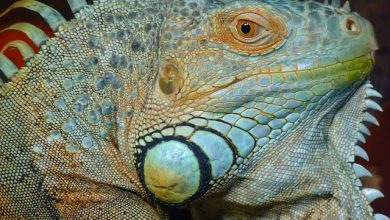How Do You Know When Your Tadpole Is Ready to Leave the Aquarium?

Photo courtesy of Kei Rothblack
Raising tadpoles is tricky business. After a few weeks to months of fully aquatic life, they reach a point in their amphibian metamorphosis when they are ready to venture onto land and try out their new legs.
In nature, this happens fairly easily, as there are branches and shallow water where they can make the transition. But in captivity, weâre responsible for making sure those adolescent frogs have the right environment for stepping out of the water for the first time.
And part of that involves watching how far along they are in their metamorphosis. Hereâs what you need to know about transitioning your tadpole out of the aquarium into a frog habitat.
Keeping tadpoles in a fish tank
You can keep tadpoles in a fish aquarium while they are young, but they have to be kept separate from fish. If they share a tank, the tadpoles will get eaten.
The important thing to know about keeping tadpoles in a fish tank is that if you have the tadpole of a ground-dwelling frog, you have to make sure you get it out of the tank at the right time because it cannot climb the walls of the aquarium to get air.
Look for legs
A tadpole isnât quite ready to leave the aquarium when legs first appear, but tiny legs starting to grow is a sign that the lungs are developing. So those little legs are the first sign youâll likely see that your tadpole is maturing.
When you start to see legs, you need to make sure your aquarium is ready for the tadpoleâs lung development. The young frog will need a way to breathe air after its lungs develop and it loses its gills. You can add a large rock to the aquarium so it can climb on top of it.
Or better yet, you can set up a semi-aquatic aquarium in the first place. This kind of aquarium has both a land area and a swimming area. Note: Semi-aquatic tanks are also good for other amphibians, like salamanders and newts. But your frog wonât need a semi-aquatic home after it matures. You can check out specific habitat requirements for adult frogs by clicking here.
Iâll post more about semi-aquatic aquariums in a few weeks, so keep a lookout for that info, as well.
For now, letâs talk more about keeping a tadpole in a standard fish aquarium and how to make the move to a terrarium.
Pay attention to time and temperature
Tadpole development is dependent on the temperature of their environment. Warmer, more comfortable water temperatures help them to mature faster. Water that is too cold can slow development.
Most tadpoles will become frogs within six to twelve weeks from the time they were an egg. That means youâll want to be prepared for their frog stage soon after bringing them home, as youâll probably only have a few weeks of the tadpole stage, depending on the particular species.
In addition to water temperature, whether the tadpole gets adequate nutrition also affects the growth rate.
Check tail length
When your tadpoles become metamorphs (have front legs and are starting to look more like frogs, but still have a tail) they need to have a large, secured object in the tank to climb on top of. A rock or log works, and it should start in the water and reach above the surface of the water at the top.
Note that some species of ground-dwelling frogs cannot climb a rock or log, and in those cases, you must remove the tadpoles from the tank yourself when the tail is about half its original length.
Come into the Tye-Dyed Iguana in Fairview Heights to take a look at our tadpoles and frogs.



